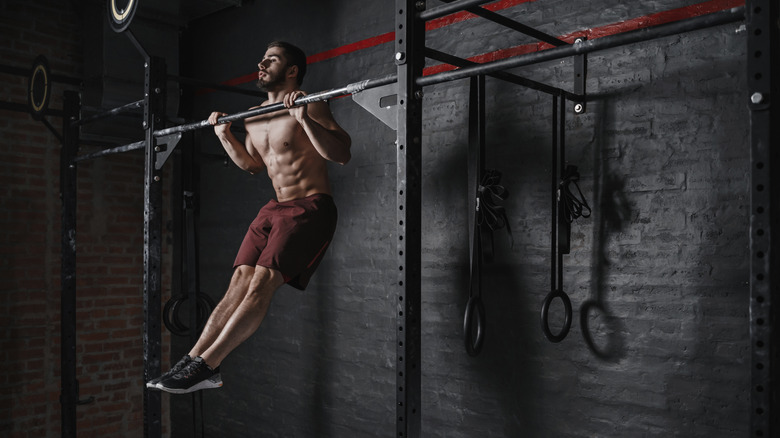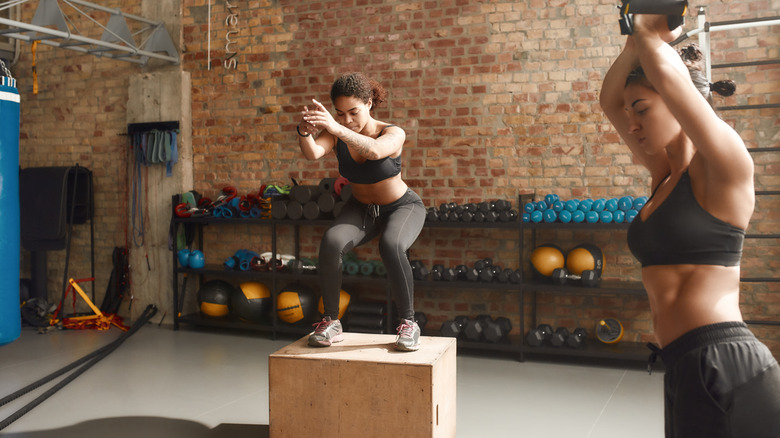Plyometrics Versus Calisthenics: Which One Should You Choose?
Staying fit seemed easy when we were kids. We would run around with our friends or during gym class and, for most people, that's about all we needed to do. But when our bodies stopped growing and gym class wasn't part of our days anymore — forget running around outside with friends — staying fit got harder.
It doesn't help that trying to get into the swing of adult fitness seems like it requires a roadmap and a user's manual. There are countless fitness trends and variations, each promising specific benefits and results. Every trend is built on the same foundations, however. And two of the most common foundations are calisthenics and plyometrics.
Calisthenics are things that many people are familiar with from their days in gym class. As SHAPE magazine puts it, calisthenics are exercises that use gravity and bodyweight to create resistance-based exercises. These include things like burpees, push-ups, pull-ups, and planking. Plyometrics, on the other hand, are explosive movements that build muscle through sudden bursts of speed and intensity, according to WebMD. These can include squat jumps, kicks, and variations of calisthenic exercises like push-ups and burpees. Each foundation set is ideal in different situations. Choosing the right one for you depends on your goals and where you're at in your fitness journey.
One works for strength, the other for power
Given that calisthenics is often used in schools where students may have little to no previous knowledge of proper fitness form, it's easy to write off the practice as easy. And, at the beginner level, it might be. But as Men's Health explains, there are different levels of calisthenics. Doing dips off the side of a bench or working through a couple of push-ups is considered beginner level and, with different exercise variations, it's great for people who are just starting out. But pull-ups and gravity-defying body lifts are also calisthenics. So if you're just starting out and have little equipment but a desire to build strength, calisthenics is the better option.
For those who already have a good grasp of fitness basics and want to increase their explosive power — for jumps and sprints, for example — plyometrics are the better option, according to the Hospital for Special Surgery. Even experienced athletes should take care when starting plyometrics, however. HSS warns that rushing into the practice without focusing on learning proper form is a fast road to a bad injury. Unlike calisthenics, plyometrics involves a lot of jumping and strain on the joints. As long as you take the time to learn basic forms, however, the practice can build explosive power so you can jump higher, swing a racket harder, and take off from a starting line faster.


